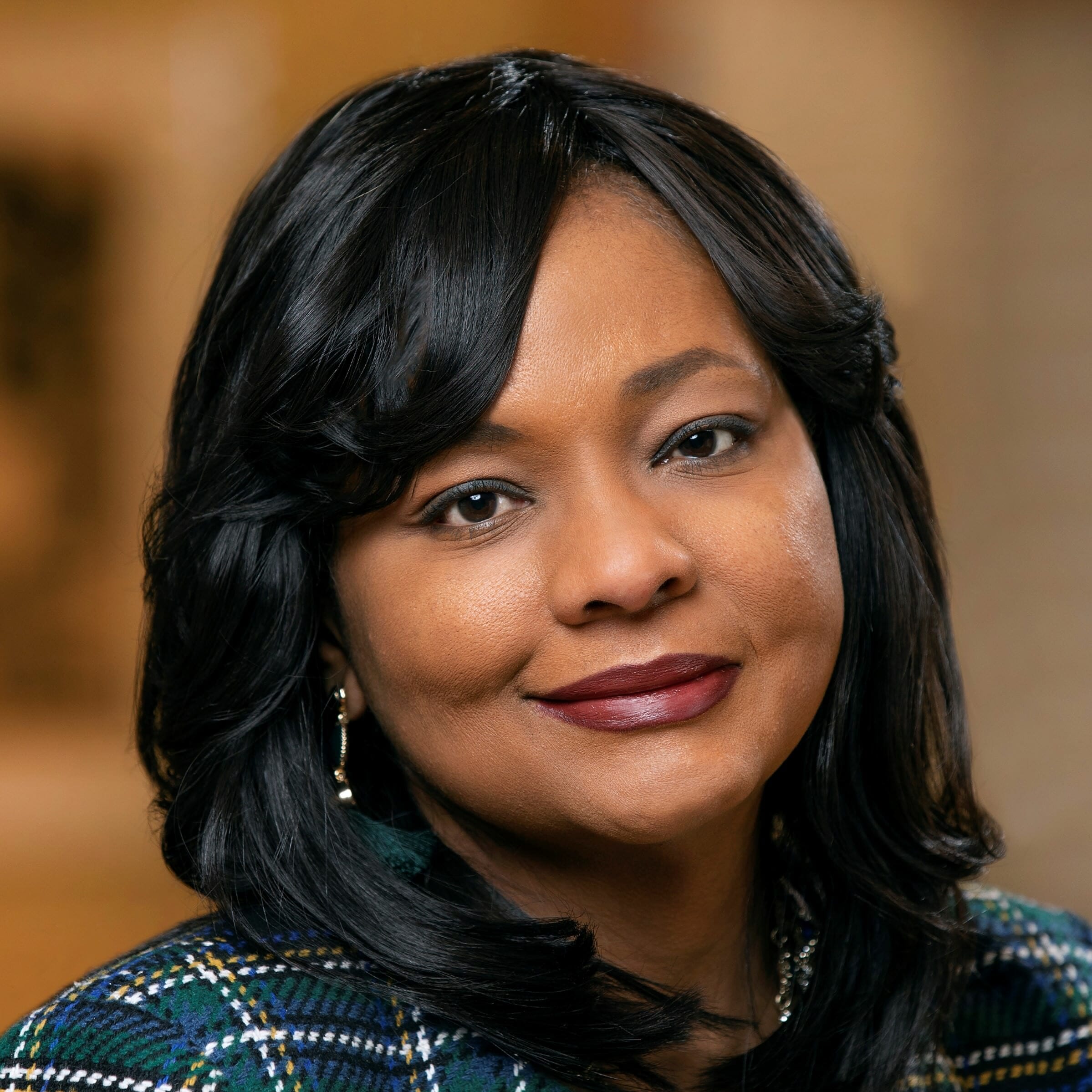
“The pandemic has forced us to confront higher education’s broken business model more directly. While we can no longer afford to be broken, the fundamental items that caused the problem are not resolved. The very thing that broke us – our missional focus on those who we must serve, though such service is not ‘profitable’ – is what sustains our communities during the pandemic. With a spine of steel and great will, we must reinvent ourselves in order to serve those who need us most.”
by Mary Hinton, President, Hollins University
“The economic model is broken.”
“Your expenses are too high. “
“We can find all the answers through technology and you are no longer needed.”
“There’s no real value to what you offer.”
As a college president, I have heard these statements and the attendant negative narrative about higher education for far too long. At every opportunity, those of us in higher education are forced to articulate and provide concrete evidence of our value proposition:
- “You can increase lifetime earnings by over $1 million with a college degree!”
- “Face-to-face education serves vulnerable students the best!”
- “College graduates are more likely to be civically engaged!”
Again and again, we repeat our value.
Having served on the board of a health system, I often heard the president respond to a similar narrative decrying the broken healthcare model, the questionable value of care thanks to Dr. Google, and the inefficiencies built into the system. Likewise, I heard a leader in the Catholic Church explain the untenable financial situation in which he finds himself: declining numbers of members amid increased demand for social services.
Reflecting on these encounters, I found myself realizing that these three sectors – higher education, medicine, and the church – are especially vulnerable in the wake of the COVID-19 pandemic.
Why the Pandemic is Breaking Higher Ed, Healthcare, and the Church
When we cross into our “new normal” post-COVID-19, many things will be different. Eventually, though, most aspects of life will have some resemblance to life as we once knew it. The travel industry will rebound as Americans resume travel for work and for play. People will again buy cars. Many, though unfortunately not all, restaurants, performing arts venues, salons and other luxuries will resume service, and new entrepreneurs will emerge.
However, higher education, medicine, and the church will not be the same as we were before COVID-19.
Why? For each of these industries, COVID-19 pathologizes the things we do best and that we celebrate: dwelling in community as a group, in classrooms, residential halls, worship services, hospitals, and other venues. What we pride ourselves on – togetherness – is now a vector for disease transmission. While we can teach courses, hold church services, and conduct telehealth visits virtually, technology eliminates the value of human touch that feeds our spirit. COVID-19 has eroded the value of presence, and presence cannot be replaced by technology.
In certain aspects of our lives, we cannot withstand the toll of replacing humanity with machines and replacing presence with a virtual experience. It’s important that we recognize and try to preserve those things that animate our humanity and lived experience: offering a hug for the disconsolate; holding a hand with the dying; witnessing the spark of learning in the classroom; delivering life-altering medical news while looking into the eyes of a patient; being present with someone in the silence of inexplicable suffering, loss, or confusion. At this moment we are, of necessity, trying to minimize and provide workarounds to those experiences. However, if we emerge from this pandemic having transplanted in-person connection with wireless connection, then education, medicine and the church will suffer especially. And our culture will suffer for it.
Perhaps most importantly, these three industries will not emerge the same post-COVID-19 because each of these industries were already frail pre-COVID-19. While it is exhausting to have to explain one’s value proposition at all times, the fact is that higher education needed to do so. And I believe the same holds true for medicine and for the church: the business models are broken; we are losing constituents; we have thus far failed to see how to fix it.
All of those negatives came to a frothy head in the face of COVID-19. Our business models were no longer merely broken: they have shattered into a million tiny pieces.
Why Didn’t We Fix the Business Model Sooner?
Why didn’t we fix it sooner? Why did a disease hasten the demise of our familiar way of being in the world? A few reasons. First, each of these three industries seek to serve, with distinction, the most vulnerable among us. Higher education must continue to seek to serve students who are the first in their families to go to college, those who come from low-income homes, and historically underrepresented students of color. The students need, and deserve, what higher education has to offer. Similarly, in 2019, Catholic Charities served 12 million people, supporting not only the spiritually disconsolate but socially and economically vulnerable people across the nation. Likewise, healthcare seeks to serve the medically uninsured and those who face negative healthcare disparities. Often, the low-income have the least access to preventive healthcare, meaning that by the time medical care is sought, the expenses are significant and outcomes less than ideal.
Our three sectors were struggling because our mission commitments were, to paraphrase Rev. Charles Adams, to “the least, the last, the little, and the unlucky.”
We sought to serve those who could not afford us but who needed us. We nurtured and allowed our brokenness in order to give others a fighting chance at a better life. And their presence in our sectors provided us meaning and purpose as we undertook our life’s work.
Here’s the Catch
While we can no longer afford to be broken, the fundamental items that caused the problem are not resolved and we have a heightened responsibility to these communities. Underrepresented students are the growing demographic in higher education, and education remains the single greatest impetus for economic and social mobility. Health care disparities – which often correlate with race and income and were on full display with COVID-19 – are pressing. Churches have been tasked to meet the needs of communities as food banks are being utilized at unprecedented levels. The very thing that broke us – our missional focus on those who we must serve, though such service is not “profitable” – is what sustains our communities during the pandemic.
What will happen to us post-COVID? The wealthiest health care systems, colleges, and churches will, in all likelihood, be fine. It will take a while to feel normal, and there may be some tweaks to the normalcy but, by and large, they will be okay. At the other end of the spectrum, some institutions in all three sectors should expect to see closures and mergers. Colleges, health systems, and churches that were exceptionally fragile pre-COVID will close their doors.
Most of the rest of us – institutions who have historically struggled to make our models work and who choose to serve those in the struggle with us – will have to make difficult decisions to move forward. With a spine of steel and great will, we will reinvent ourselves in order to serve those who need us most.
Authentic human needs are not going away, even if vulnerable institutions do. We will endeavor to fix what is broken in our systems, in the hope that our repaired models do not leave behind the very worthy people for whom we needed to break them.
_______________________________
Image Credit: Photo by Clay Banks on Unsplash.
_______________________________
More from Mary Hinton:
- 5 Leadership Lessons Hidden in the Coronavirus Crisis
- How Can Liberal Arts Education Help Our Campuses Become More Inclusive?
This is an unprecedented time of crisis, uncertainty, and yes – the opportunity to reinvent ourselves in better service to our mission. We will need to harness the intelligence and creativity of individuals throughout our institutions. To help develop the leadership we need and to come together (virtually) to brainstorm solutions to complex and pressing challenges, we would like to partner with you. Academic Impressions has nearly 20 years of experience in providing the best practical PD in the higher-ed sector, and we work with hundreds of member institutions to develop their leaders, faculty, and staff. Find out more about an Academic Impressions membership.


